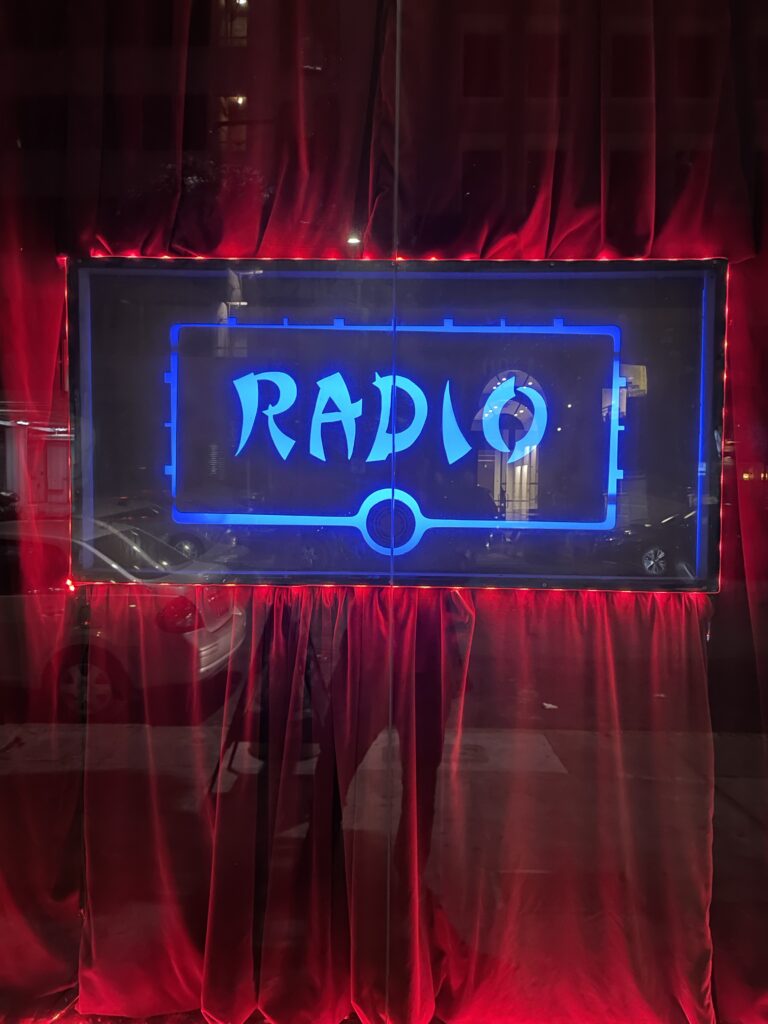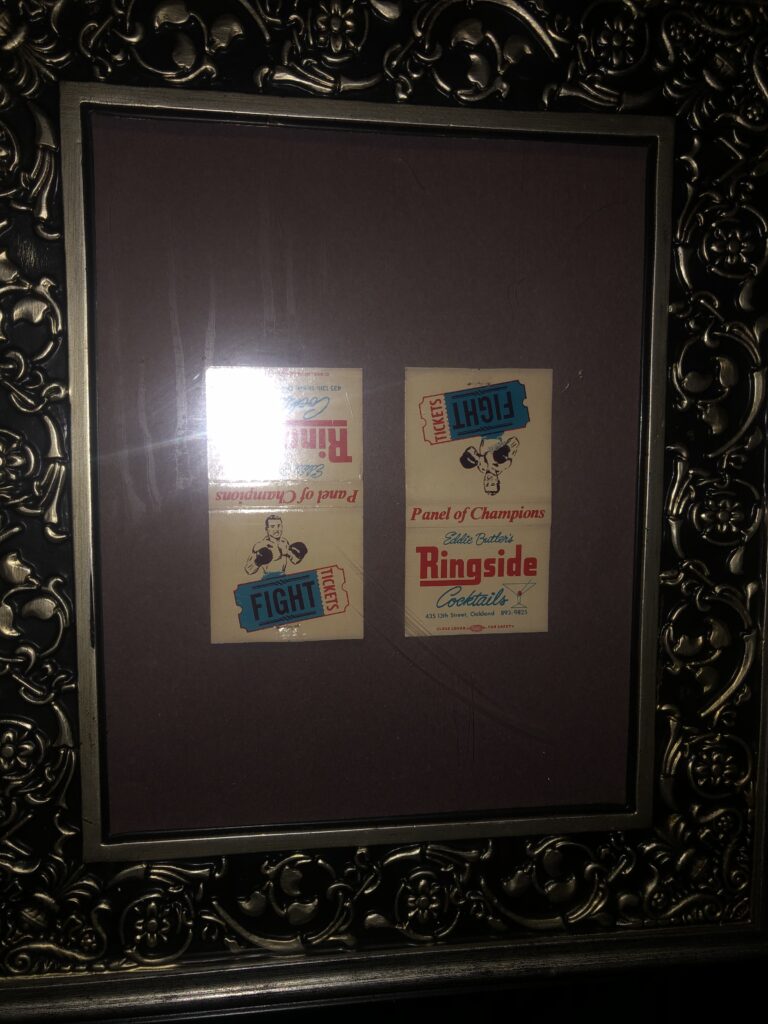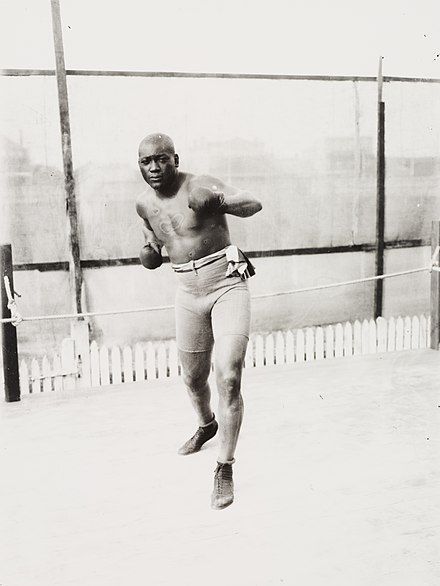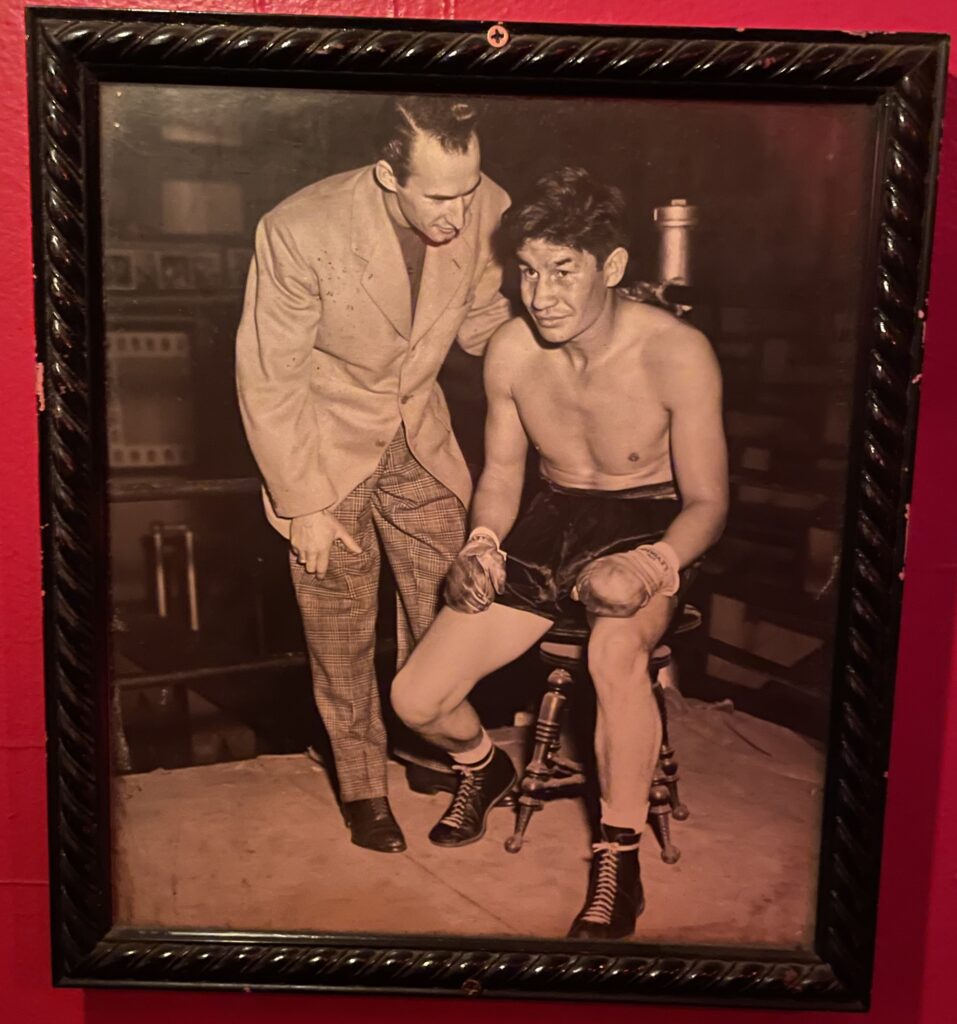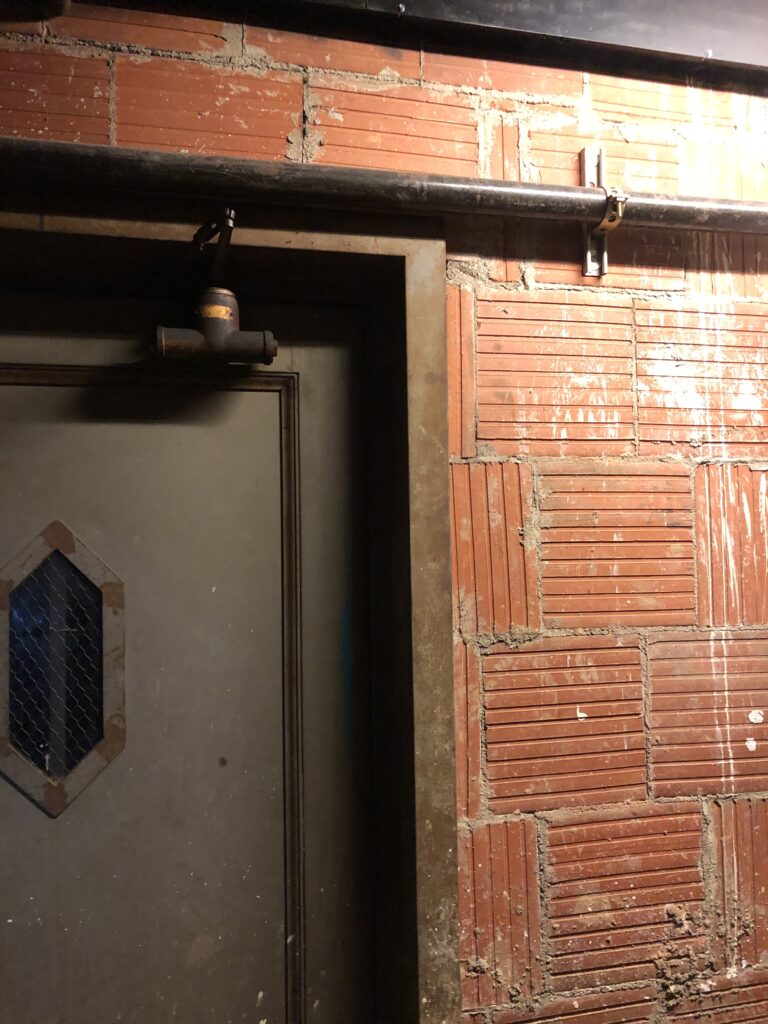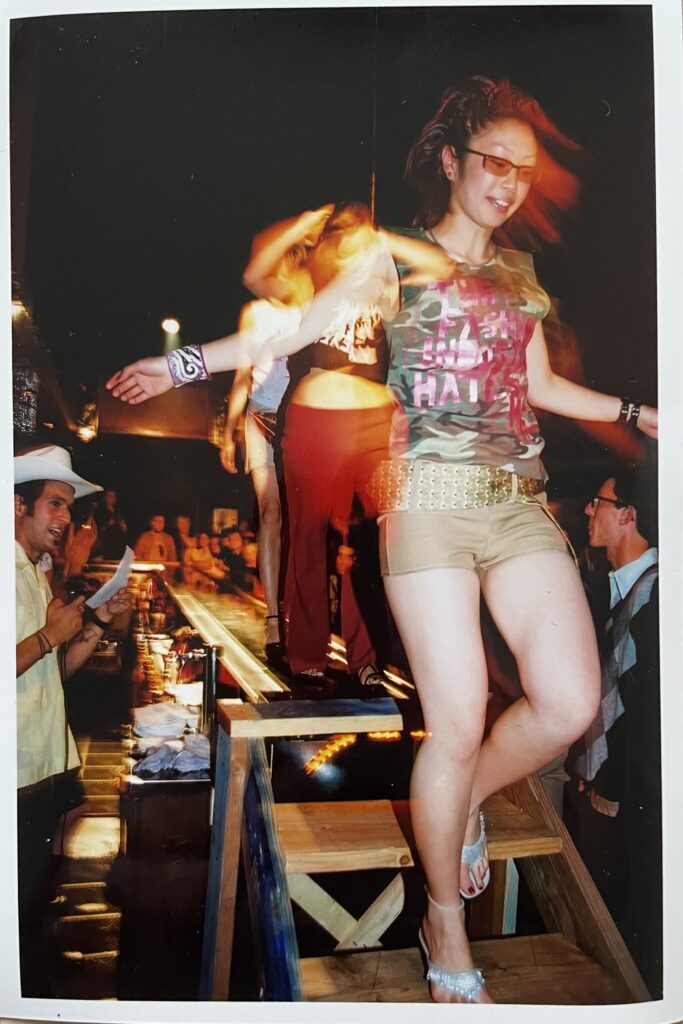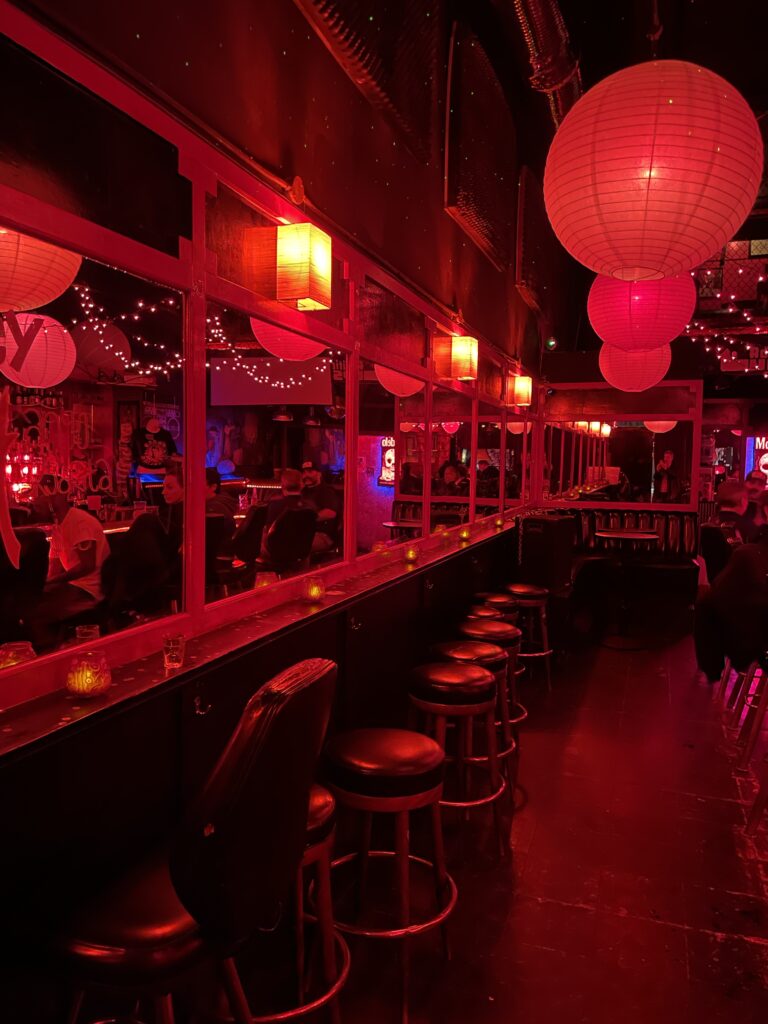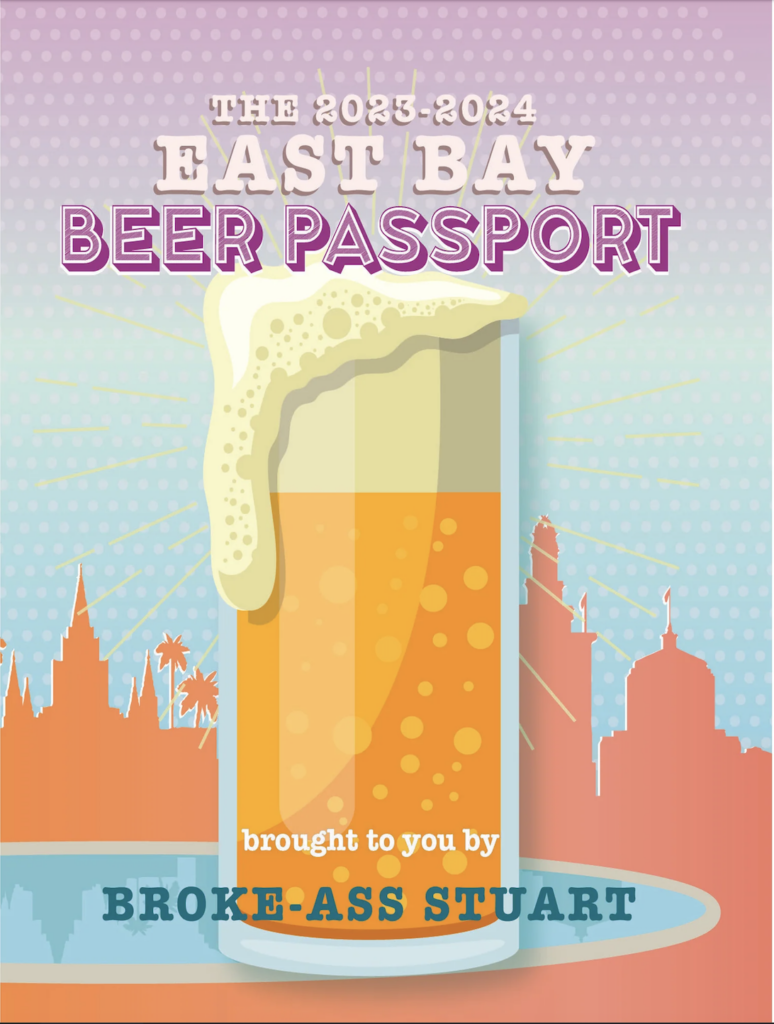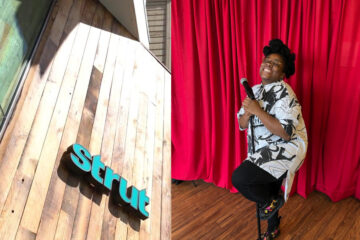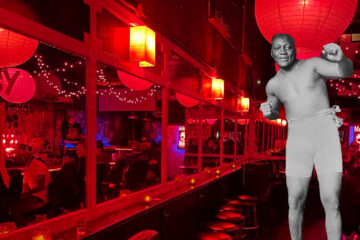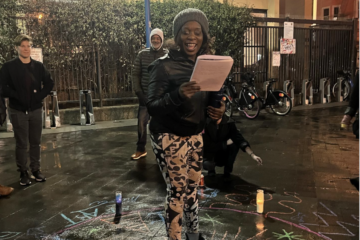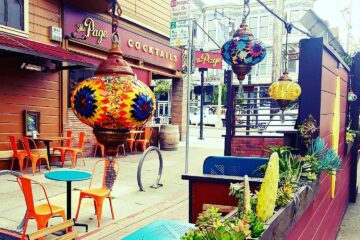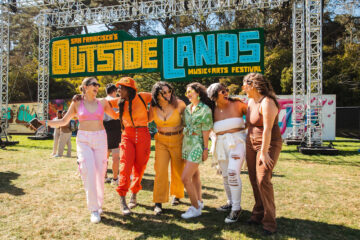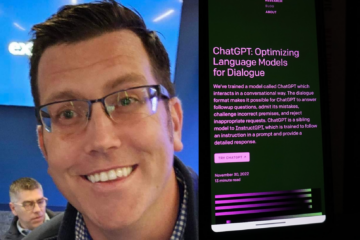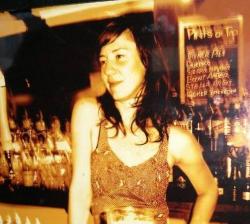Oakland’s Radio Bar Used to Have a Fight Club in the Basement
“I made a lot of mistakes out of the ring, but I never made any in it.” ~ Jack Johnson
It was entirely abandoned. Bottles, covered in dust, were still on the shelves, bar stools were askew and sticky glasses rested on the tables. It was as though some mysterious cataclysmic event had suddenly vaporized the cocktail sippers, the beer drinkers and even, the entire staff. Little is known about the disappearing owner of the bar at 453 13th Street in Downtown Oakland but the likely culprit for abandonment was not a zombie attack but rather, the more mundane reality of urban decline.
The 90’s were rough for Oakland in every way, shape and form but as the new millennium dawned and Alfredo Botello and Iiad Mamikunian went to see the bar space up for sale in an old 1930’s art deco building, a downtown revival was percolating. They had already successfully revived, a year and a half earlier, the Ruby Room on 14th street (both the Ruby Room and Radio bar are in the 2023-2024 East Bay Beer Passport). A former architect, Alfredo was particularly excited by the aesthetics of the building that is just a stone’s throw from the iconic Tribune tower. So they bought it and called it the Radio bar.
Why Radio?
“It’s what people used to gather around back in the era when the building was designed,” says Alfredo. Indeed, radio was the first primary form of mass communication. Newspapers were, generally, local, as were music venues but through the radio, people were connected far and wide. You could listen to great tunes with just the turn of the dial, or the news, or who had won the heavyweight boxing championship. We are so used to that now, being able to dial anything and everything up with just a tap of our fingers, but radio was the first revolutionary medium to bring us together coast to coast – Franklin Delano Roosevelt’s Fireside Chats during WWII, a significant example. Amusingly, people occasionally call the bar thinking that it is an actual radio station.
But Alfredo and Iiad were also DJ’s, record spinners of the vinyl kind, having grown up in the 80’s loving Punk, Ska and Northern Soul. They were friends at Loyola high school in LA and then later, still friends at UC Berkeley. While at college, “It was hard to go out locally as there were so few venues so we usually went to the City. With this bar, we wanted to create the kind of place in Oakland that we would have liked to have gone to back then.” In the beginning, they would DJ upstairs and lower an old soup can on a string for requests.
In this current age of Spotify, there are no longer DJ’s playing upstairs. Instead, that upper space is now called the Ringside Lounge. Because, during early renovations Alfredo discovered remnants of a significant part of Oakland’s past. “Tacked up on the walls leading down the stairs were old photos of boxers,” He explains. “Then, in the basement we discovered a full box of matches, all with the Ringside logo. We asked around and discovered a history that we wanted to celebrate”.
Local Journalism for Working stiffs
We write for the poets, busboys, and bartenders. We cover workers, not ‘tech’, not the shiny ‘forbes 100 bullshit’. We write about the business on your corner and the beer in your hand. Join the Bay's best newsletter.
Let’s talk about boxing, shall we?
Boxing is a brutal sport. Ears are often burst into the semblance of cauliflower, black eyes bruise and bloom, spit and blood regularly spills out over the audience and the sound of bone hitting against flesh reverberates like a backing drum track. It’s a tense one-on-one battle, if not to the death, at least to expected injury. It’s how the bout, back in the day, was won – the loser couldn’t stand up anymore. The visceral nature of the game is precisely why it is enjoyed both by fighters and fans, but boxing was also, importantly, the first integrated sport in the United States.
In 1910, Jack Johnson, aka the Galveston Giant, defeated James J. Jeffries known as the ‘Great White Hope’, becoming the first Black world heavyweight boxing champion. Riots by mobs of angry white people ensued but down in the South, as reported by one sharecropper, “We all held our heads a little higher that day”. It was even immortalized in verse by Harlem Renaissance poet William Waring Coney’s “ My lord, what a morning”.
Though from Texas, Johnson trained for a time in Oakland at Link Dennis’, a saloon on 7th and Wood Streets that operated a gym in the back room. Abraham Lincoln “ Link” Dennis was his manager for awhile, but having lost much money from betting on the games, paying bail for many a neighbor, and a mortgage in arrears, he dramatically committed suicide by buying the entire bar a round, saying, “Goodbye, everybody, this is where I cash up on the last score”, and then drinking an entire glass of cyanide.
By 1935, when Rinaldo Annunzio aka Jimmy Dundee opened the Ringside at 431 11th Street which, “served as a ticket office, selling tickets for local bouts and early telecasts”, Johnson experienced many troubles of his own including having been imprisoned for dating a white woman and at 57, he was no longer a contender. But his legacy continued, here in Oakland, with Johnny Gonsalves, Jimmy Duffy and Earl Turner.
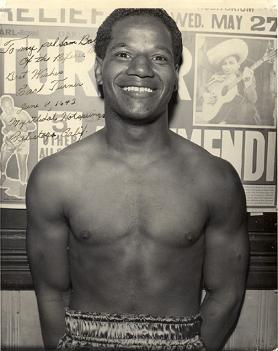
Earl Turner photo from BoxRec
Coached by co-owner of the Ringside, Harold Broom aka Andrea Carnaga, Johnny Gonsalves went onto become the number 1 lightweight contender in the early 1950s, and as a pro, scored nine knockouts, before retiring in 1962. Broom also coached Jimmy Duffy aka the ‘Oakland Shadow*’ But his biggest star at the time was Earl Turner, aka the Earl of Richmond, Oakland’s most popular Black boxer at the time and possibly ever.
The repeated ‘aka’?
Anyone who is a fan of boxing will be familiar with fighters having a performance name. But the ‘aka’, particularly for those that weren’t fighters, also speaks to a lesser known aspect of Oakland. The West Coast, far on the edge of the North American continent, is not usually considered to be where the KKK and Jim Crow laws existed, as California entered the Union in 1850 as a free state. But racism of all kinds was actively embedded in the very foundations of a burgeoning city. Extensive research compiled by Chris Rhomberg in his book “No There, There” proves that the Ku Klux Klan were, in fact, very active in Oakland at the turn of the 20th century, holding city council offices, carving out the specific district of Piedmont as whites only, and influencing local businesses practices including those of the Tribune. Segregation, though slightly more covert, was definitely in effect.
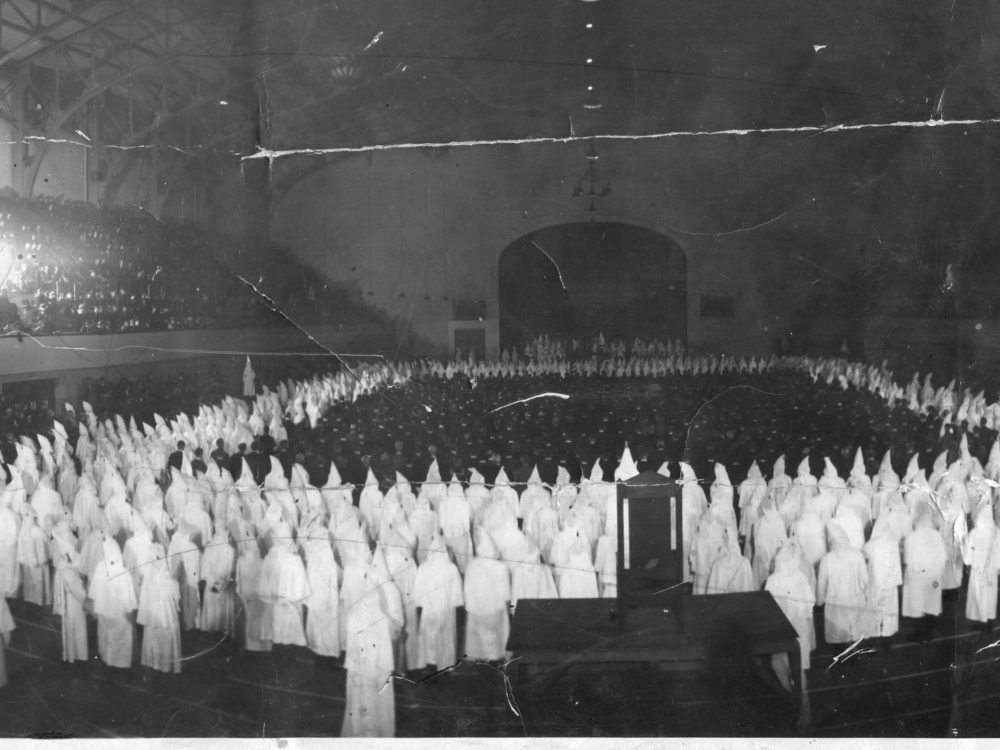
In 1924, more than 8000 Klan members gathered in the Oakland Auditorium. [Photo courtesy of Gary Mills].
They changed their names but they didn’t forget their origins – the Ringside is also credited as being the first integrated bar in Oakland. There isn’t much proof for the claim other than in story and mention but there is one archival photo that gives credence to the credit.
The photo of the bar that Tribune sports writer Art Cohn described in 1942 as, “a tavern that looks like a neglected attic, smells like a locker room, and has a spiritual effect on habitues that makes them, it is hoped, better men”, shows people of all colors gathered together for the annual Thanksgiving dinner that the partners fed to all comers, fans and friends.
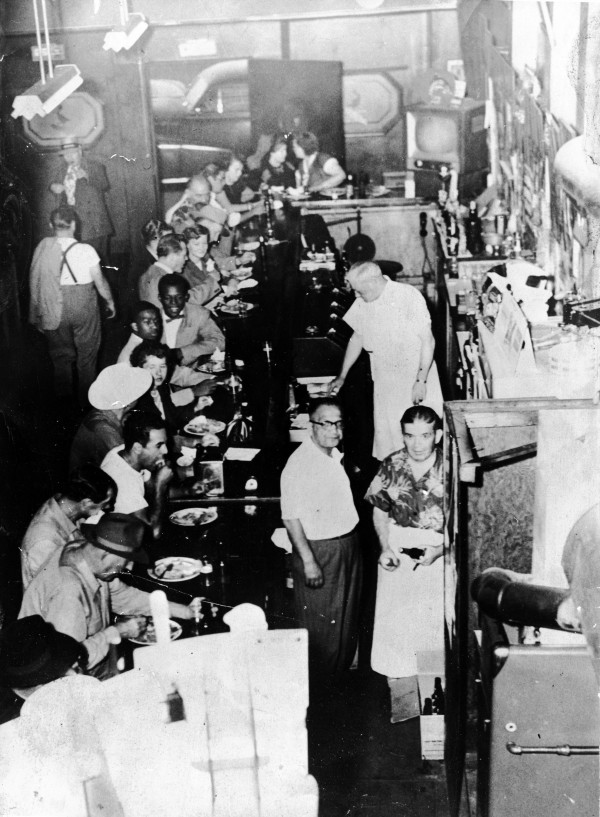
Thanksgiving dinner at the Ringside Bar on Franklin Street in Oakland, California. Everyone was fed for free that night. ca. 1939–1945. Photographer unknown. Gelatin silver print. Collection of Oakland Museum of California. Gift of Mr. Edward Butler.
During another wave of economic decline in the 1970’s and after Dundee’s death, his nephew Eddie Butler took over the Ringside and moved it to the space that is now known as the Radio Bar at 435 13th St. The address may have changed but, according to the owners, the fights continued…this time down in the cavernous basement covered in old terra cotta tile. Sadly, the bar only lasted for a few years and in 1975 hosted its last underground boxing match. Off went the gloves (metaphorically speaking as most of the fights were bare-knuckled), and the sound of bone against flesh was heard no more. Ironically, the space then became McNally’s – an Irish pub.
An Art Deco Haunted House
Alfredo has described the bar as an “Art Deco haunted house with bits of chinoiserie to it” though he states that there are no ghosts. However, according to Evan, the burly, punkish bartender, ghosts there most certainly are. Down in that notorious basement, with the remnants of an old elevator that once ascended to the street above and where the liquor is now stored, is a “very, very bad presence”. That presence so freaked him out one night that he ran out of the bar leaving all the lights on and the back door unlocked. He didn’t return until morning.
Is it the lingering spirit of a pugilist who spectrally emits his fury that he never got his chance at the big time? It seems unlikely, particularly as by all accounts, the Ringside was a convivial and supportive environment for those men of fighting fervor. Instead, the Presence possibly comes from the decades before when gambling was rife, fixes were common, and many a fellow lost not only his fortune but also his life, down in the dank bowels of a bar.
Again, much of this information comes from stories told but the Tong Wars in San Francisco’s Chinatown give some evidence to the possible proliferation of gambling dens in Oakland around the same time, as well as the violence that potentially ensued. Oakland’s Chinatown was just a few blocks over after all. But let’s not focus purely on the Asian population – gambling doesn’t discriminate. Many folks of many different kinds in the early years of the 20th century spent their hard earned but meager dollars on an underground illegal game hoping to win big.
Neither gambling nor boxing has occurred in that space for a very long time, yet over the ensuing decades and many changing of hands – including new co-partners at the Radio bar – a few artifacts of the great era of a boxing bar remained, waiting patiently underground until at last, they could be celebrated once more.
The taped up photos have been framed, the matchbooks preserved in memoriam. But more sweetly, the spirit of integration continues. Alfredo was born in Madrid, Japanese fashion designers have used the bar top as a runway, and on any given night, gathering at the bar, will be a plethora of different faces of every conceivable hue.
It is indeed a local, community oriented joint. During both the Occupy and Black Lives Matter protests, the bar opened its doors to those needing water, a bathroom or simply, a place to rest. Since its inception 23 years ago – which almost counts as having historical status these days – having weathered economic downturns, a looting, and high rises being built around in the recent economic upswing, Radio has stayed true to its roots.
I recommend going in on an early evening and sitting in the corner. The bar stools are more like bar chairs, you can plug your phone to a charming lamp and chat amiably with the bartenders and the regulars. Then eventually, go wander on up the aged, narrow stairs to the Ringside lounge. While there, take a moment to honor the sweat soaked echoes of those who faced the world with only their feet and their fists, striving to become better men.
By all means, also go enjoy Radio when it’s dark and the red lamps glow and the music is good and loud.
Perhaps for ~ Nerdy Nights. The 1st Sunday of every month. No cover charge. 21+.
“Sam, our resident avid Dungeons and Dragons player, video game enthusiast and comic book fanatic is hosting. Movies, cocktail specials, music and more!”
Radio
“Everyone knows dive bars have more fun”.
Open Every Day ~ 4pm to 2pm.
435 13th street, Oakland.
The Radio Bar is in the East Bay Beer Passport!
Get 27 two-for-one beer coupons at 27 of the finest locally owned bars, breweries, dives, diners and restaurants in the East Bay! Learn more and get yours right here.
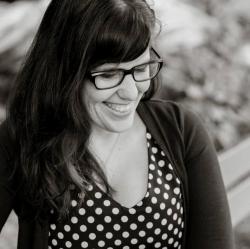
Howdy! My name is Katy Atchison and I'm an Associate Editor for Broke-Ass Stuart.
I want to take the time to say thank you for supporting independent news media by reading BrokeAssstuart.com. Supporting independent news sources like Broke-Ass Stuart is vital to supporting our community because it amplifies the voices of a wide variety of diverse opinions. You also help support small businesses and local artists by sharing stories from Broke-Ass Stuart.
Because you're one of our supporters, I wanted to send over a pro-tip.
Our bi-weekly newsletter is a great way to get round ups of Broke-Ass Stuart stories, learn about new businesses in The Bay Area, find out about fun local events and be first in line for giveaways.
If you’d like to get our newsletter, signup right here, it takes 5 seconds.


